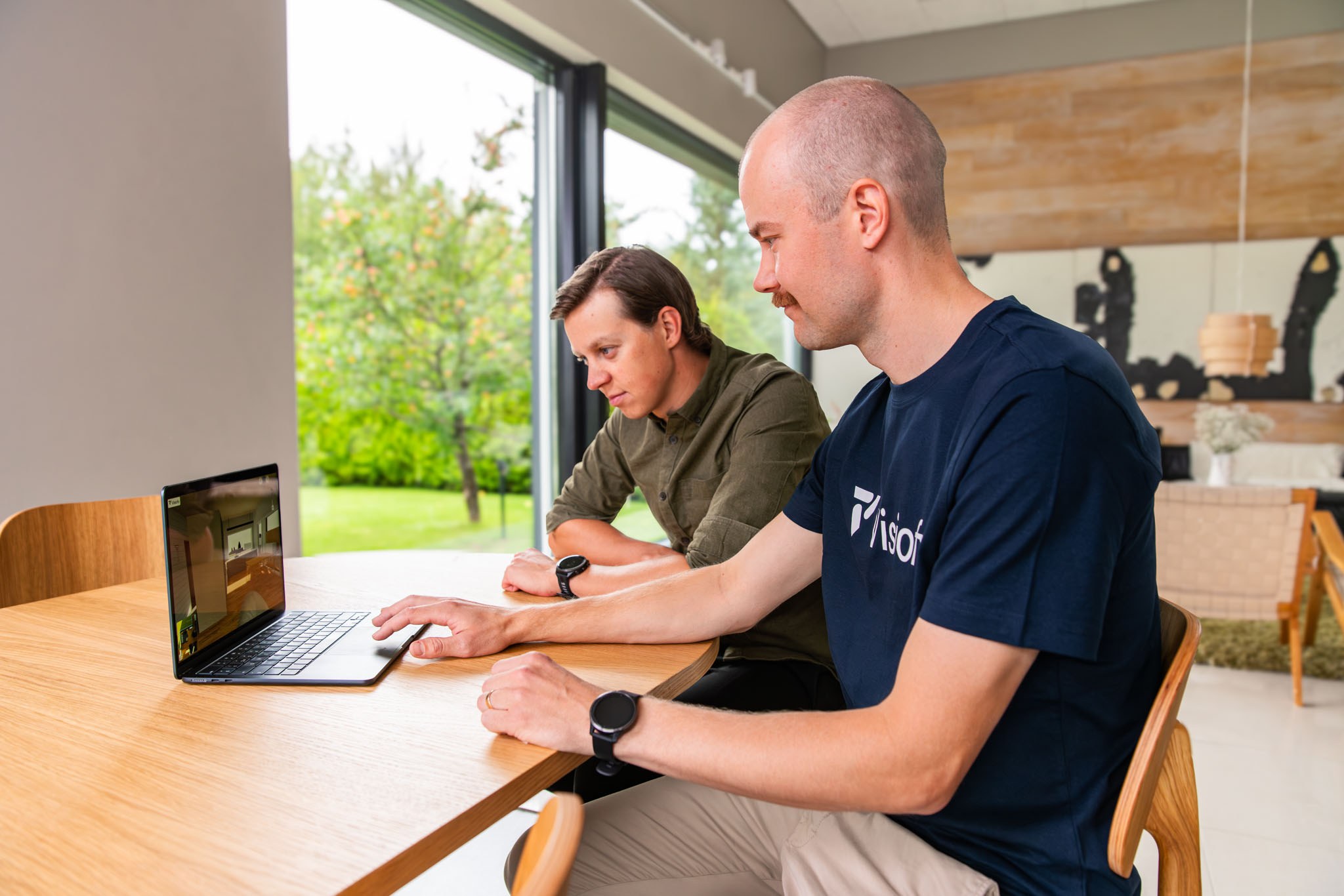
3D Virtual Tour for Homes: The Ultimate Guide for Builders, Designers & Home Buyers
Whether you're showcasing a model home, presenting a new development, or helping a client understand their future floorplan, 3D virtual tours have become one of the most powerful tools in modern residential design and construction. In this guide, we’ll walk you through everything you need to know: what they are, how they’re created, where they fit in your sales and communication process — and how to get started.
What Is a 3D Virtual Tour of a Home?
A 3D virtual tour is an interactive, real-time representation of a home that allows viewers to walk through a space digitally, experiencing its size, layout, and feel. Unlike 360° photos or static renders, virtual tours respond to user movement — like a video game, but made from architectural models.
They can be experienced:
-
In a web browser
-
On a mobile phone or tablet
-
With a VR headset like Meta Quest
🔗 Virtual Walkthrough vs Render: What’s the Difference?
🔗 VR Architecture: The Future of Design and Client Communication
Why Virtual Tours Matter in Home Sales
Virtual tours aren't just flashy marketing assets — they're tools that drive better decisions, shorter sales cycles, and greater buyer confidence. For many buyers, especially when purchasing off-plan, it's hard to visualize space from a floor plan alone. A virtual walkthrough lets them step inside the home before it's built.
Benefits include:
-
Trust-building at early sales stages
-
Differentiation from competing builders
-
Reduced post-sale confusion and complaints
-
Stronger emotional connection to the project
🔗 The Home Buyer’s Customer Journey – From Dream to Dream to Decision
How 3D Tours Are Created (and What Tools Are Needed)
You don't need to start from scratch. If you’re already using design software like Archicad, SketchUp, Chief Architect, or Revit, you can export your model and upload it into a tour platform.
Typical process:
-
Export model (formats: e.g. .obj, .dae)
-
Upload to a platform like Visiofy, Twinmotion, or Enscape
-
Set walk paths or allow free navigation
-
Share via link, QR code, or embed
Some tools require plug-ins or custom workflows. Others, like Visiofy, are web-based and code-free.
When to Use 3D Virtual Tours
3D tours fit seamlessly into multiple parts of the home design and sales process:
-
On your website, to showcase model homes
-
In client meetings, for better spatial discussion
-
At trade shows, via tablet, laptop, or VR headset
-
As follow-up materials, to keep buyers engaged
-
During construction, to clarify expectations
Benefits for Builders & Developers
Using virtual tours isn’t just about “wow” factor. It can transform how your business operates.
-
Sell homes before construction begins
-
Streamline decision-making around finishes or options
-
Handle customer questions early with better visuals
-
Reduce change requests later by setting clear expectations
-
Save time on site visits and physical showrooms
Benefits for Buyers
Virtual tours offer buyers more than just convenience — they empower better, more confident decisions:
-
Understand dimensions and layouts at full scale
-
Share the walkthrough with family and stakeholders
-
Revisit the design after meetings to reduce decision fatigue
-
Visualize how furniture fits and rooms flow
How to Share a 3D Virtual Tour
You don’t need a VR headset to experience a virtual tour. Here are the most common ways builders and designers share them:
-
Direct link in email or messaging apps
-
Embed on your website (e.g., on a house model detail page)
-
QR code printed on flyers, floorplans, or brochures
-
Presentation at events via desktop, tablet, or VR headsetAnd for those who do want full immersion, platforms like Visiofy make it easy to launch tours inside a headset using a browser.
What Makes a Virtual Tour Effective?
Not all walkthroughs are created equal. The best ones feel smooth, natural, and aligned with the buyer’s expectations.
Best practices:
-
Use consistent lighting and material finishes
-
Avoid overwhelming detail (keep file sizes efficient)
-
Include key selling areas like kitchen, bathroom, and living room
-
Optimize for both desktop and mobile
-
Allow full-scale navigation, not just click-and-jump hotspots
Real-World Examples
How to Get Started
If you already have 3D models of your homes, you’re nearly there.
With Visiofy, you can:
-
Upload models directly (no plug-ins or installs)
-
Create fully navigable walkthroughs in minutes
-
Share them with buyers on any device
-
Offer immersive headset support with zero setup
Ready to Bring Your Designs to Life?
🔗 Read: Getting Started with Visiofy - A Beginner’s Guide

